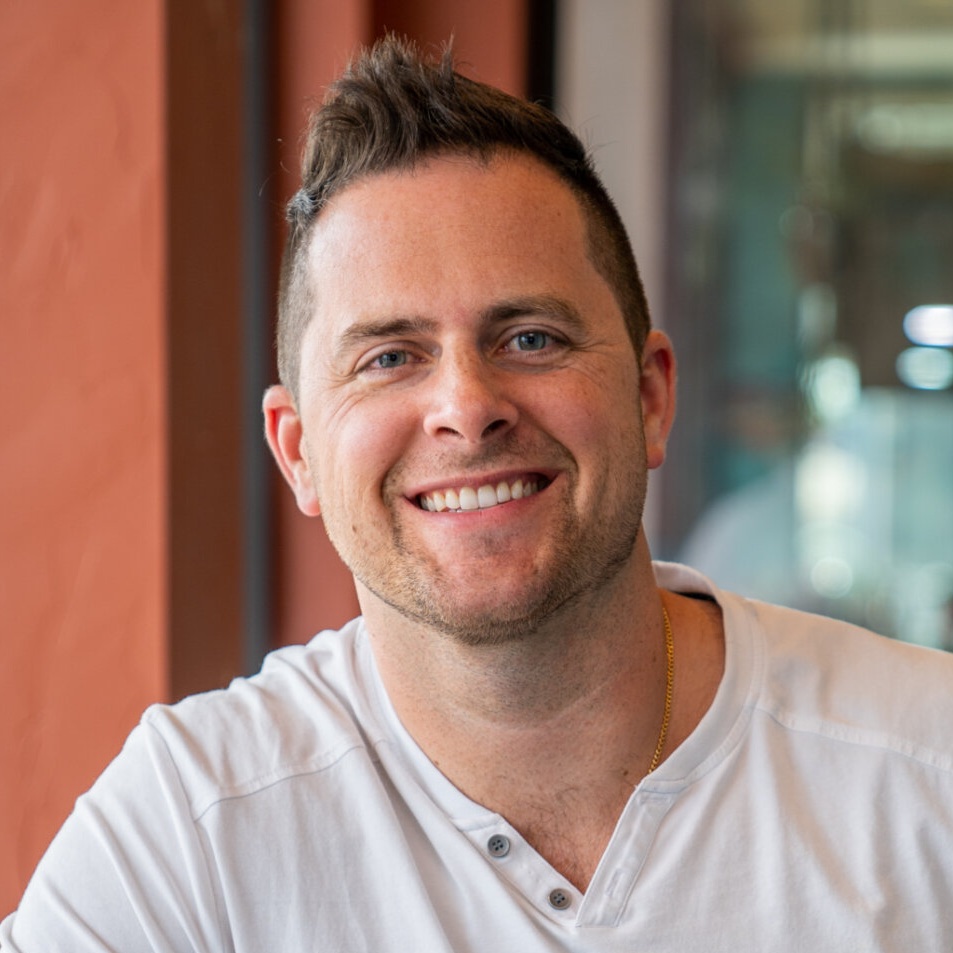When it comes to securing a patent in the United States, fulfilling the requirement of non-obviousness often presents a significant challenge. This criterion, crucial in patent law, hinges on the question: Could someone with an ordinary skill level in the relevant field conceive and build the invention based on existing knowledge and prior art? If the answer is yes, the patent application faces rejection. Understanding this complex requirement is key to navigating the patent process successfully.
Understanding Non-Obviousness in Patent Law
Non-obviousness is a pivotal concept in patent law, serving as one of the primary criteria for determining a patent’s viability. It addresses whether the invention is sufficiently innovative or if it’s merely an obvious extension of existing knowledge. This criterion was established to ensure that patents are granted only to genuinely inventive ideas, not to those that anyone skilled in the relevant field could easily deduce.
The assessment of non-obviousness is inherently subjective and hinges on whether a person with ordinary skill in the pertinent field, using existing information and techniques, could easily conceive the invention. A key legal precedent in this area is the 1966 case of Graham v. John Deere Co., which established that the burden of proving obviousness lies with the examiner. They must present a prima facie case, showing clear evidence that an invention lacks the necessary innovativeness to be patented. This principle underscores the fine line between an innovative invention and an obvious iteration of existing knowledge.
The Examiner’s Perspective: Assessing Non-Obviousness
From the perspective of a patent examiner, assessing non-obviousness is a critical and nuanced task. Examiners must ensure that patents are granted only for truly innovative and unique inventions, not for ideas that are straightforward extensions of existing knowledge. To evaluate non-obviousness, they consider several key factors.
First, they assess if the invention fulfills an unmet need in its field. This involves understanding the invention’s purpose and its potential impact on the industry. Secondly, they examine any existing patents or prior art, comparing them to the new invention to identify significant differences or advancements. Lastly, they evaluate whether the invention could be easily conceived and designed by someone with average skill in the relevant field. If the invention appears to be a straightforward solution or a minor modification of what’s already known, the examiner may determine it to be obvious, leading to a potential rejection of the patent application. This process underscores the importance of presenting inventions as unique and non-obvious contributions to their respective fields.
Proactive Steps to Overcome Patent Obviousness Denials
Successfully overcoming patent obviousness denials requires strategic planning. Consider these essential steps to strengthen your patent application and address the non-obviousness criterion effectively:
- Conduct a Thorough Prior Art Search: Delve deep into existing patents and published materials in your invention’s field. A comprehensive search helps identify any similar inventions, enabling you to distinguish your invention’s unique aspects and anticipate potential challenges related to obviousness.
- Utilize Expert Witnesses: Engage experts in your field to provide testimony on the uniqueness of your invention. These experts can offer persuasive insights, asserting that even someone skilled in the field would not find your invention obvious based on existing knowledge.
- Collaborate with a Patent Attorney: Partnering with a knowledgeable patent attorney can significantly improve your application’s strength. They can help in strategically framing your invention to highlight its non-obvious nature, ensuring compliance with legal standards, and effectively responding to any objections raised by the patent office.
Contact Bold Patents for Help with Your Patent Application
At Bold Patents, we understand the intricacies of patent law and are dedicated to helping innovators protect their inventions. Our team of experienced attorneys offers personalized guidance to navigate the patent process, ensuring your application stands out. Don’t let the complexities of patent law hinder your success – reach out to Bold Patents today for a free discovery call and take the first step toward securing your intellectual property.

